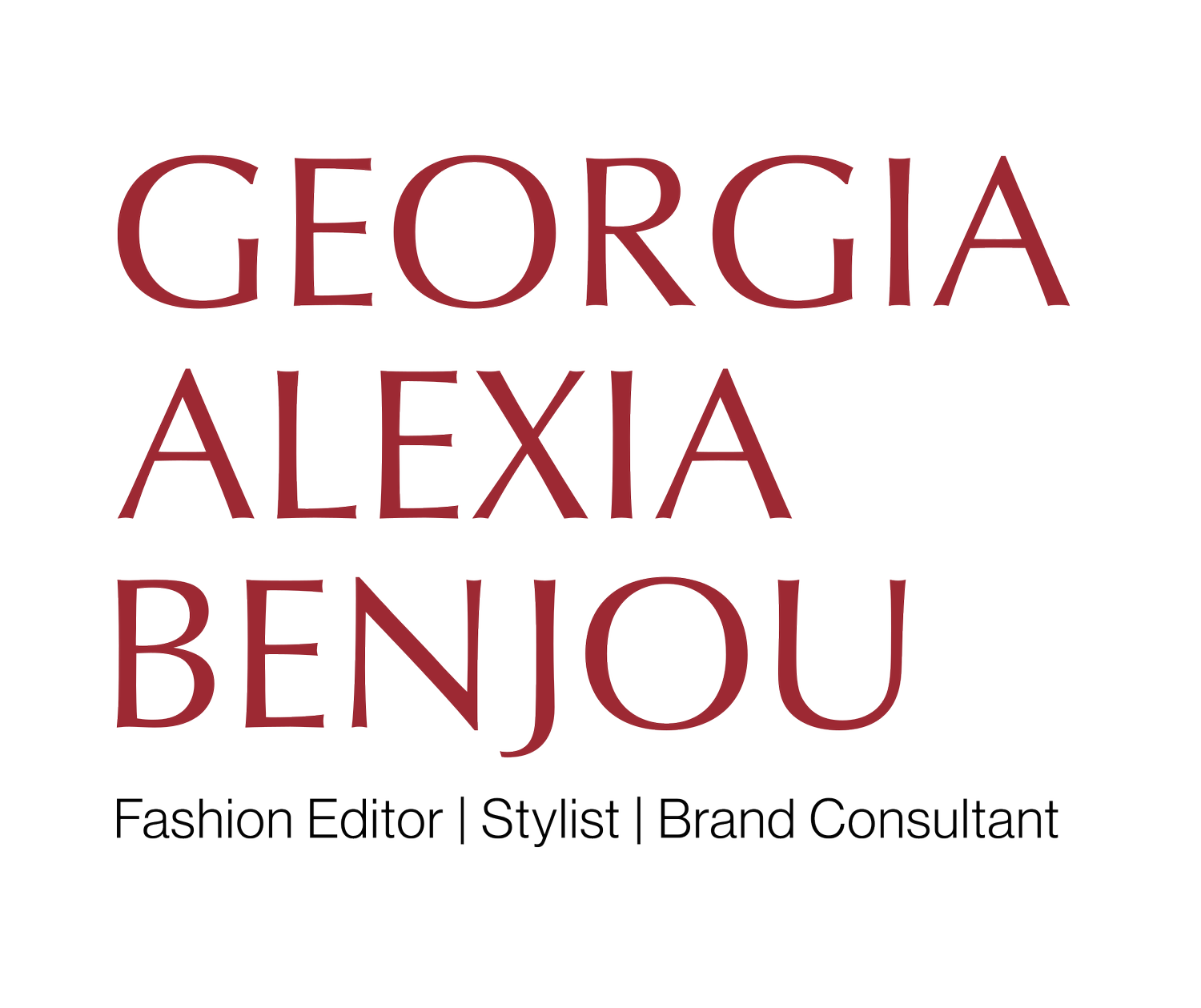Is Fashion Media Dead?
Recent events have sparked some questions for me about the purpose and relevance of fashion media today. With the dominance of social media and the declining influence of traditional and digital magazine editors and journalists, one might wonder why – or even if - brands and designers still value connections with members of the media.
We all know that social media is the new town square. A quick scroll through X/Twitter, Threads, Instagram, or TikTok reveals the variety of opinions people have on the latest fashion show, creative director hire, or advertising campaign by popular brands. Whether it’s expressing an opinion over Virginie Viard’s dismissal at Chanel or Alessandro Michele’s unexpected collection drop for Valentino - dubbed Gucci 2.0 or Vucci or Galentino - the comments come in fast and furious once a topic starts trending.
However, negative social media reviews and comments can have lasting impacts on a brand, potentially deterring customers from trying their products or causing damage to their reputation. Because these social media platforms have the effect of a digital word-of-mouth, fashion brands are now being more selective about engaging with all members of the media – traditional, digital and social - and only doing so when it serves their purposes and allows them to fully control the narrative.
Case in point: In a recent Open Threads article, Vanessa Friedman, fashion director and chief critic for The New York Times, wrote how she discovered via TikTok that Oscar de la Renta had held their pre-Spring 2025 fashion show to which she was not invited. Upon contacting CEO Alex Bolen, she was told:
“I don’t much see the point of engaging with the fashion press when they require a different show than what we require to bring to our customers,” Mr. Bolen said. “I don’t know that having the press advances our business interests.”
Ditto for magazine editors and influencers. Friedman refers to this as the Beyoncé approach: “skip the media entirely, unless you can control every part of it, and speak directly to your audience when and where you wish.”
Which is why brands seem to increasingly engage social media accounts that are only complementary. One popular example is Style Not Com, known for its super short, upbeat and easily consumed fashion tidbits. However, the account’s recent post after the Chanel haute couture show sparked some backlash on LinkedIn. It stated that this was the best Chanel show in years and that it was produced entirely by the studio.
Anyone who has worked in this industry knows that collections are put into motion weeks, if not months, ahead of time. Regardless of what anyone thinks of Virginie Viard’s work, the fact that Chanel did not feel she deserved credit is irresponsible. So, either the post was a sponsored one, which Style Not Com should have disclosed, or it was more akin to a fan post. There’s nothing inherently wrong with the post itself, but if its intention was to help Chanel counteract their recent negative press coverage and PR mishaps, it cannot be considered objective.
This brings me back to the role of professional editors and journalists and how they shape the fashion conversation. Skilled editors and journalists bring valuable expertise to their reporting, including industry and technical knowledge, as well as a deep understanding of fashion history. They bring attention to emerging designers and concepts, place fashion in a larger cultural and global context, and encourage meaningful discussions about everything from individual designers and brands to the industry as a whole and even other media outlets. Through their work, they offer insightful analysis, diverse perspectives, and subtle details, providing readers with unique insights. This is essential for supporting new ideas and calling out brand missteps, ultimately benefiting the entire industry. However, readers must be willing to invest time into reading and engaging with these stories.
Which is why banning editors and journalists from shows, declining interview requests, and sidestepping the media for new product releases not only limits the information available to a fashion audience, but also allows brands to exist in their own isolated bubble. Only through interacting with others and sharing points of view will fashion – and culture in general – grow and evolve. As brands continue to prioritize controlling their own image and story, I hope that fashion enthusiasts will see beyond the one-sided narrative and actively seek out the work of editors and journalists who provide thoughtful and insightful reporting.
Runway image courtesy of Catwalk Photos / Shutterstock

